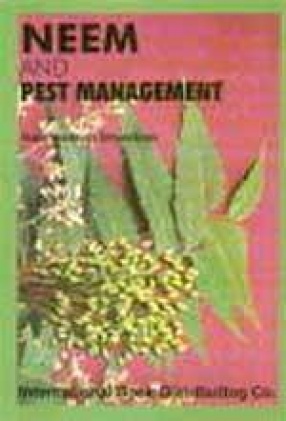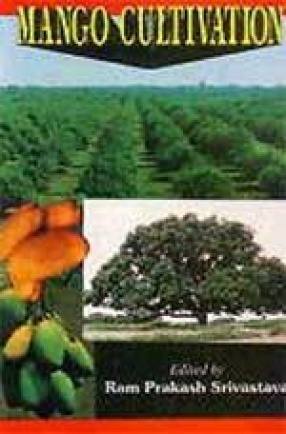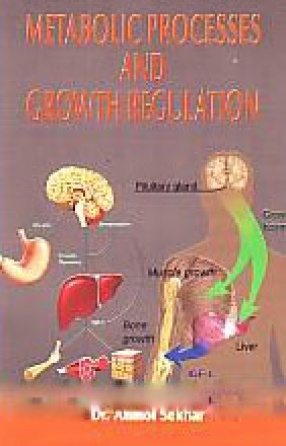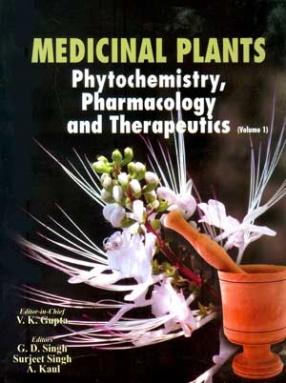Neem (Azadirachta indica A. Juss), the versatile tree, having many good and useful qualities. Neem is indigenous to India from where it has spread to many Asian and African countries. The earliest authentic record of its medicinal use is available in Arthashashtra of Kautilya in 4 century B.C. For centuries, the tree has been held in esteem, because of its medicinal and insecticidal values. Chemical pesticides, normally, gave good account in its early state but failed to give a good control at late stage due to several factors e.g. killing of natural enemies, resistance problem among insects to insecticides, residue hazards of pesticides, resurgence of treated populations, hazards to personnel, domestic animals and wild life involved in insecticide application. Considering all these above points, worldwide, there is a awareness to phase out the use of pesticides. Neem is one tree which has a reputation of possessing a large number of biological activities such as insecticidal, bactericidal, spermicidal, nematicidal, antiviral, diuretic and antipyretic. Neem is an eco-friendly pesticide as it does not, normally, harm mammals, birds and useful insects, bioagents and pollinators. The neem seed kernel is one from which azadirachtin is produced that acts as antifeedant, repellent, insect growth regulator and having toxic effect on pests of agricultural crops. In this book, finer details of pest management with neem products have been given. The book discusses at length the effect of neem products on insects, pathogens and nematodes. The book also contains the effect of neem-based pesticides on biocontrol agents and other non-targeted organisms. This book on neem is very timely and of great significance and would be very useful to teachers, researchers and students etc.
Mango Cultivation
$73.80
$82.00






There are no reviews yet.